preparation of the paper for social science journal for advanced research (ssjar) first author1 and second author2 1designation, depar
Preparation of the Paper for Social Science Journal for Advanced
Research (SSJAR)
First Author1 and Second Author2
1Designation, Department of first author, University/College name,
Country
2Designation, Department of first author, University/College name,
Country
1Corresponding Author:
ABSTRACT
These instructions give you guidelines for preparing papers for SSJAR
online JOURNALS. Use this document as a template. Use this document as
an instruction set. The electronic file of your paper will be
formatted further at SSJAR. Define all symbols used in the abstract.
These instructions give you guidelines for preparing papers for SSJAR
online JOURNALS. Use this document as a template. Use this document as
an instruction set. The electronic file of your paper will be
formatted further at SSJAR. Define all symbols used in the abstract.
Keywords: About 3 or more key words or phrases in alphabetical order,
separated by commas
I. INTRODUCTION
These instructions give you guidelines for preparing papers for SSJAR
online JOURNALS. Use this document as a template. Use this document as
an instruction set. The electronic file of your paper will be
formatted further at SSJAR. Define all symbols used in the abstract.
These instructions give you guidelines for preparing papers for SSJAR
online JOURNALS. Use this document as a template. Use this document as
an instruction set. The electronic file of your paper will be
formatted further at SSJAR. Define all symbols used in the abstract.
These instructions give you guidelines for preparing papers for SSJAR
online JOURNALS. Use this document as a template. Use this document as
an instruction set. The electronic file of your paper will be
formatted further at SSJAR. Define all symbols used in the abstract.
These instructions give you guidelines for preparing papers for SSJAR
online JOURNALS. Use this document as a template. Use this document as
an instruction set. The electronic file of your paper will be
formatted further at SSJAR. Define all symbols used in the abstract.
These instructions give you guidelines for preparing papers for SSJAR
online JOURNALS. Use this document as a template. Use this document as
an instruction set. The electronic file of your paper will be
formatted further at SSJAR. Define all symbols used in the abstract.
These instructions give you guidelines for preparing papers for SSJAR
online JOURNALS. Use this document as a template. Use this document as
an instruction set. The electronic file of your paper will be
formatted further at SSJAR. Define all symbols used in the abstract.
II. METHODOLOGY
Use all methodologies used with paper. These instructions give you
guidelines for preparing papers for SSJAR online JOURNALS. Use this
document as a template. Use this document as an instruction set. The
electronic file of your paper will be formatted further at SSJAR.
Define all symbols used in the abstract. These instructions give you
guidelines for preparing papers for SSJAR online JOURNALS. Use this
document as a template. Use this document as an instruction set. The
electronic file of your paper will be formatted further at SSJAR.
Define all symbols used in the abstract.
These instructions give you guidelines for preparing papers for SSJAR
online JOURNALS. Use this document as a template. Use this document as
an instruction set. The electronic file of your paper will be
formatted further at SSJAR. Define all symbols used in the abstract.
[8][9] These instructions give you guidelines for preparing papers for
SSJAR online JOURNALS. Use this document as a template. Use this
document as an instruction set. The electronic file of your paper will
be formatted further at SSJAR. Define all symbols used in the
abstract. These instructions give you guidelines for preparing papers
for SSJAR online JOURNALS. Use this document as a template. Use this
document as an instruction set. The electronic file of your paper will
be formatted further at SSJAR. Define all symbols used in the
abstract. These instructions give you guidelines for preparing papers
for SSJAR online JOURNALS. Use this document as a template. Use this
document as an instruction set. The electronic file of your paper will
be formatted further at SSJAR. Define all symbols used in the
abstract. [3][9].
III. PRIOR APPROACH
These instructions give you guidelines for preparing papers for SSJAR
online JOURNALS. Use this document as a template. Use this document as
an instruction set. The electronic file of your paper will be
formatted further at SSJAR. Define all symbols used in the abstract.
These instructions give you guidelines for preparing papers for SSJAR
online JOURNALS. Use this document as a template. Use this document as
an instruction set. The electronic file of your paper will be
formatted further at SSJAR. Define all symbols used in the abstract.
These instructions give you guidelines for preparing papers for SSJAR
online JOURNALS. Use this document as a template. Use this document as
an instruction set. The electronic file of your paper will be
formatted further at SSJAR. Define all symbols used in the abstract.
These instructions give you guidelines for preparing papers for SSJAR
online JOURNALS. Use this document as a template. Use this document as
an instruction set. The electronic file of your paper will be
formatted further at SSJAR. Define all symbols used in the abstract
[7][9].
Figure 1: Existing Mechanisms for your paper
These instructions give you guidelines for preparing papers for SSJAR
online JOURNALS. Use this document as a template. Use this document as
an instruction set. The electronic file of your paper will be
formatted further at SSJAR. Define all symbols used in the abstract.
These instructions give you guidelines for preparing papers for SSJAR
online JOURNALS. Use this document as a template. Use this document as
an instruction set. The electronic file of your paper will be
formatted further at SSJAR. Define all symbols used in the abstract.
These instructions give you guidelines for preparing papers for SSJAR
online JOURNALS. Use this document as a template. Use this document as
an instruction set. The electronic file of your paper will be
formatted further at SSJAR. Define all symbols used in the abstract.
These instructions give you guidelines for preparing papers for SSJAR
online JOURNALS. Use this document as a template. Use this document as
an instruction set. The electronic file of your paper will be
formatted further at SSJAR. Define all symbols used in the abstract.
3.1 Mechanism
These are protected from complexity and from potential abuse or misuse
of the system. However this approach does tend to offer "vanilla"
caching for all clients and their resources, i.e., browsers use the
same cache path (the path from client to object) for all resources and
the same consistency protocol is provided for every resource [9].
Secondly, HTTP only supports polling-based validation and does not
allow resource-driven invalidation of caches using callback
mechanisms. That is, to ensure that a cache is consistent the cache
holder must poll the resource server. This is especially inefficient
in the case where consistency is important, and updates are infrequent
but cannot be predicted. For example, consider a service offering
up-to-date, but infrequently changing, commodity prices which clients
require to be correct. Caching may be beneficial to avoid
communication overheads when frequent reads are occurring. However,
this requires either frequent validation or on demand validation -
both can generate considerable, often unnecessary, network traffic and
the latter reduces much of the latency gains offered by caching. The
viable alternative in such circumstances is resource-driven
invalidation where the server invokes a callback on the cache to
inform it whenever an update has occurred [7][8]. Although this
solution involves the server maintaining knowledge of its caches there
will be applications which are willing to accept these memory costs in
preference to the communication costs of polling-based invalidation.
The deficiencies described above show that the current caching
mechanisms will not be sufficient for all applications. Instead
application-specific consistency protocols are required. Clients of
applications require flexibility in how they interact with an
underlying caching system in order that they can optimize performance
with regard to individual resources. Support for a wider variety of
protocols could be provided by extending HTTP horizontally, e.g., by
adding resource-driven invalidation of caches to the protocol but, as
we have argued previously, improved functionality can better be
introduced though the use of object-oriented technology. In the next
three sections we shall describe first an overview of the WWW Object
technology and then our implementation of open caching within the WWW
Object project.
IV. OUR APPROACH
These instructions give you guidelines for preparing papers for SSJAR
online JOURNALS. Use this document as a template. Use this document as
an instruction set. The electronic file of your paper will be
formatted further at SSJAR. Define all symbols used in the abstract.
These instructions give you guidelines for preparing papers for SSJAR
online JOURNALS. Use this document as a template. Use this document as
an instruction set. The electronic file of your paper will be
formatted further at SSJAR. Define all symbols used in the abstract.
These instructions give you guidelines for preparing papers for SSJAR
online JOURNALS. Use this document as a template. Use this document as
an instruction set. The electronic file of your paper will be
formatted further at SSJAR. Define all symbols used in the abstract.
These instructions give you guidelines for preparing papers for SSJAR
online JOURNALS. Use this document as a template. Use this document as
an instruction set. The electronic file of your paper will be
formatted further at SSJAR. Define all symbols used in the abstract
The need for application-specific caching can be satisfied through the
provision of open caching, i.e., highly visible caching mechanisms. A
client may access these mechanisms from a standard browser at run-time
to explicitly configure arbitrarily complex caching hierarchies and to
drive a dynamic caching protocol best suited to their changing
requirements of individual resources. The mechanisms operate
independently of existing browser and proxy-server caching. Therefore
clients may choose to use our explicit mechanisms for a subset of
resources with particular caching requirements whilst continuing to
use traditional Web caching for other resources. Although it is
possible for clients to be in complete control of caching. WWW Object
programmers can choose to hide caching details and offer an
appropriately simple interface thereby protecting clients from the
dangers of protocol misuse.
As part of the World Wide Web Objects library, we have developed a
Cacheable class. The class offers a small set of primitive caching
operations which may be performed upon a Cacheable object, i.e., any
object derived from the Cacheable class. These operations, in
conjunction with appropriate concurrency-control, constitute the basic
building blocks used by a client to explicitly specify whichever
caching protocol is required. Invoking the basic operations in
different sequences provides different protocols. One of these basic
operations enables the proxies of Cacheable objects to obtain the
state of their remote object. Client operations performed upon the
proxy may then occur locally, i.e., the proxy can act as a cache.
Another operation enables the proxy to write back the state to the
object.
Table 1: Units for Magnetic Properties
Symbol
Quantity
Conversion from Gaussian and
CGS EMU to SI a
magnetic flux
1 Mx 108 Wb = 108 V·s
B
magnetic flux density,
magnetic induction
1 G 104 T = 104 Wb/m2
H
magnetic field strength
1 Oe 103/(4) A/m
m
magnetic moment
1 erg/G = 1 emu
103 A·m2 = 103 J/T
M
magnetization
1 erg/(G·cm3) = 1 emu/cm3
103 A/m
4M
magnetization
1 G 103/(4) A/m
specific magnetization
1 erg/(G·g) = 1 emu/g 1 A·m2/kg
j
magnetic dipole
moment
1 erg/G = 1 emu
4 1010 Wb·m
J
magnetic polarization
1 erg/(G·cm3) = 1 emu/cm3
4 104 T
,
susceptibility
1 4
mass susceptibility
1 cm3/g 4 103 m3/kg
permeability
1 4 107 H/m
= 4 107 Wb/(A·m)
r
relative permeability
r
w, W
energy density
1 erg/cm3 101 J/m3
N, D
demagnetizing factor
1 1/(4)
As we know, clients may create, or access, WWW Servers within the
network. Clients may also create, or access, proxies within those
servers which are bound to an object. Servers may be created to act as
cache servers and used by cooperating clients as a shared cache store.
As caches may
Factors:
Here we presented a model which shows that clients do not have to be
statically bound to a particular proxy server in order to obtain
caching. Clients may access a number of different cache stores. Also
different cache paths may be set up on an individual object basis for
use by individual clients and groups of clients. Different cache
protocols may be running on each path offering different consistency
guarantees. We believe this flexibility will prove useful for
applications where clients wish to retain control over caching of
particular resources and where groups of cliets share similar
requirements.
For example, suppose the broker is a subscriber to a real-time
newspaper where different sections of the newspaper are represented by
objects updated independently as the news changes. Many of these
sections are of little interest to the broker and so he makes no
caching decisions, being happy to communicate with the application
remotely on the rare occasions when he does require access. However he
does explicitly cache the main news, politics and sports pages within
his personal cache server and sets the policy to ensure that each page
is at most four hours old. He also caches the financial page which he
accesses frequently but, in this case, he sets a policy utilizing
resource invalidation so that when the financial news changes, at any
time during the day, his cache is automatically updated.
Now let us examine the broker within his social context.
Unsurprisingly, the broker shares similar interests to his colleagues
and there are therefore benefits to be obtained from utilizing a
shared cache within his department. The shared cache server (which
could be offered by the application) holds the main news and sports
sections of the paper as these are the most popular within the
department and the user can set up his individual caches for those
pages to be bound to the relevant sections cached there. The fact that
many of the broker's colleagues are accessing the same caches means
that our broker is more likely to receive cache hits. Similarly the
broker could bind other of his caches to other cache servers at
disparate geographic locations.
Figure 2: N-level Caching Model
V. CONCLUSION
These instructions give you guidelines for preparing papers for SSJAR
online JOURNALS. Use this document as a template. Use this document as
an instruction set. The electronic file of your paper will be
formatted further at SSJAR. Define all symbols used in the abstract.
These instructions give you guidelines for preparing papers for SSJAR
online JOURNALS. Use this document as a template. Use this document as
an instruction set. The electronic file of your paper will be
formatted further at SSJAR. Define all symbols used in the abstract.
These instructions give you guidelines for preparing papers for SSJAR
online JOURNALS. Use this document as a template. Use this document as
an instruction set. The electronic file of your paper will be
formatted further at SSJAR. Define all symbols used in the abstract.
These instructions give you guidelines for preparing papers for SSJAR
online JOURNALS. Use this document as a template. Use this document as
an instruction set. The electronic file of your paper will be
formatted further at SSJAR.
REFERENCES
[1] Zaidan A. Zaidan Dhman, (2011). The effect of customer
relationship management (CRM) concept adoption on customer
satisfaction – Customers perspective. Available at:
http://library.iugaza.edu.ps/thesis/94338.pdf
[2] Arti Mudaliar & Ayushi Mathur. (2015). Women empowerment through
microfinance. International Journal of Arts, Humanities and Management
Studies, 1(2), 58-65.
[3] Bikash Dutta. (2015). Rural development through self help groups:
An overview. Indian Journal of Applied Research, 5(4), 70-78.
[4] Wilkie, W. L. (1994). Consumer Behaviour. (3rd Edition). New York:
John Wiley and Sons.
[5] Saunders C. S. (2014). Point estimate method addressing correlated
wind power for probabilistic optimal power flow.IEEE Transactions on
Power Systems, 29(3), 1045-1054.
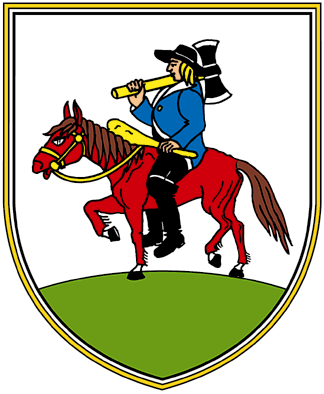 RAZPISNA DOKUMENTACIJA JAVNEGA RAZPISA ZA SOFINANCIRANJE PROGRAMOV V JAVNEM
RAZPISNA DOKUMENTACIJA JAVNEGA RAZPISA ZA SOFINANCIRANJE PROGRAMOV V JAVNEM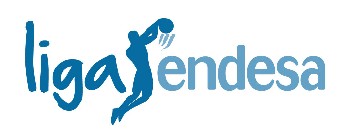 LIGA ENDESA 20112012 CALENDARIO DE ENFRENTAMIENTOS (LIGA REGULAR)
LIGA ENDESA 20112012 CALENDARIO DE ENFRENTAMIENTOS (LIGA REGULAR) CELEBRACIÓN “CLARA HERMANA LUNA” O BJETIVOS ACERCARSE A
CELEBRACIÓN “CLARA HERMANA LUNA” O BJETIVOS ACERCARSE A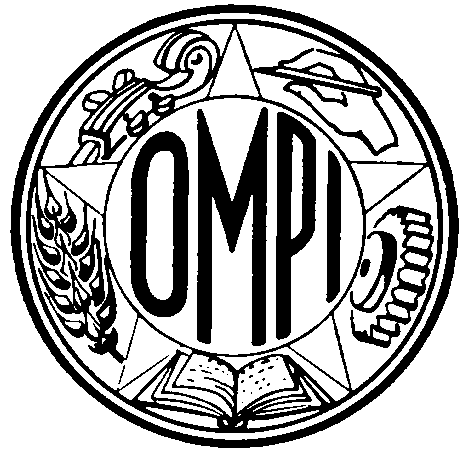 A353 PAGE 4 OMPI F A353 ORIGINAL ANGLAIS
A353 PAGE 4 OMPI F A353 ORIGINAL ANGLAIS ZÁKLADNÁ ŠKOLA S MATERSKOU ŠKOLOU BOBROV NOVÁ CESTA 361
ZÁKLADNÁ ŠKOLA S MATERSKOU ŠKOLOU BOBROV NOVÁ CESTA 361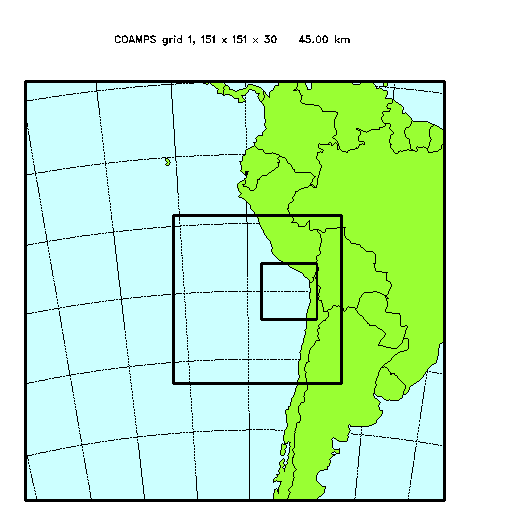 MODEL FORECAST PRODUCTS FOR FIELD PLANNING DURING VOCALS REX
MODEL FORECAST PRODUCTS FOR FIELD PLANNING DURING VOCALS REX PRIJAVA ŠTETE IZ KASKO OSIGURANJA CESTOVNIH VOZILA 1 PODACI
PRIJAVA ŠTETE IZ KASKO OSIGURANJA CESTOVNIH VOZILA 1 PODACI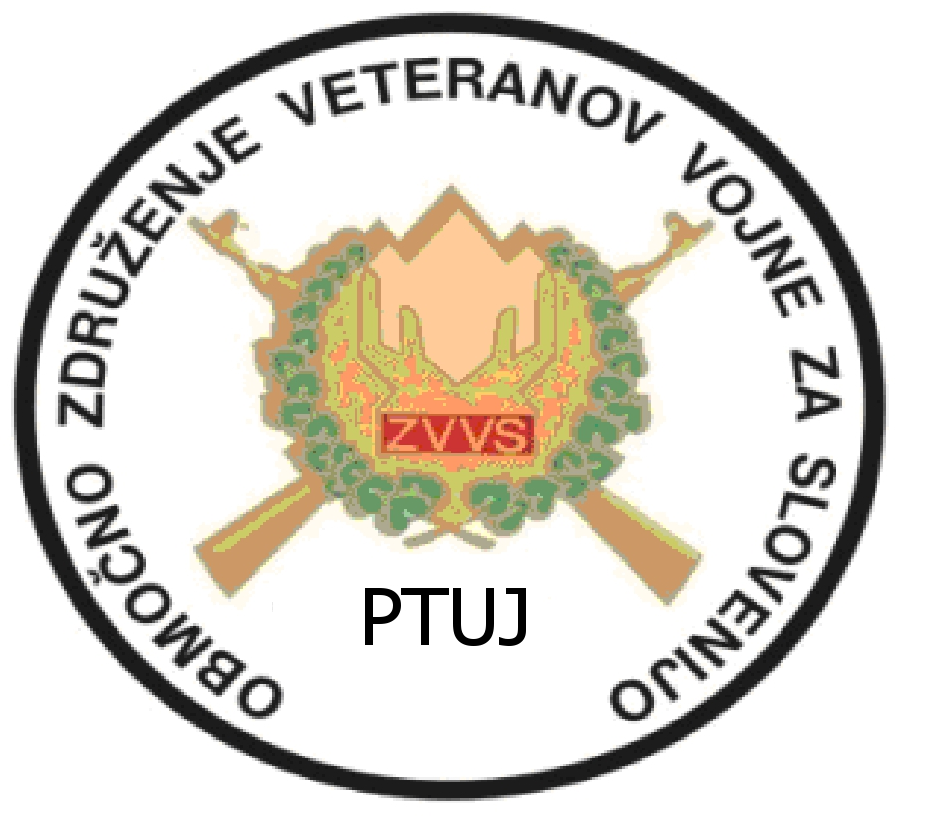 VIČAVA 1 2250 PTUJ TEL 027722761 EMAIL OZVVSPTUJSIOLNET EMAIL
VIČAVA 1 2250 PTUJ TEL 027722761 EMAIL OZVVSPTUJSIOLNET EMAIL